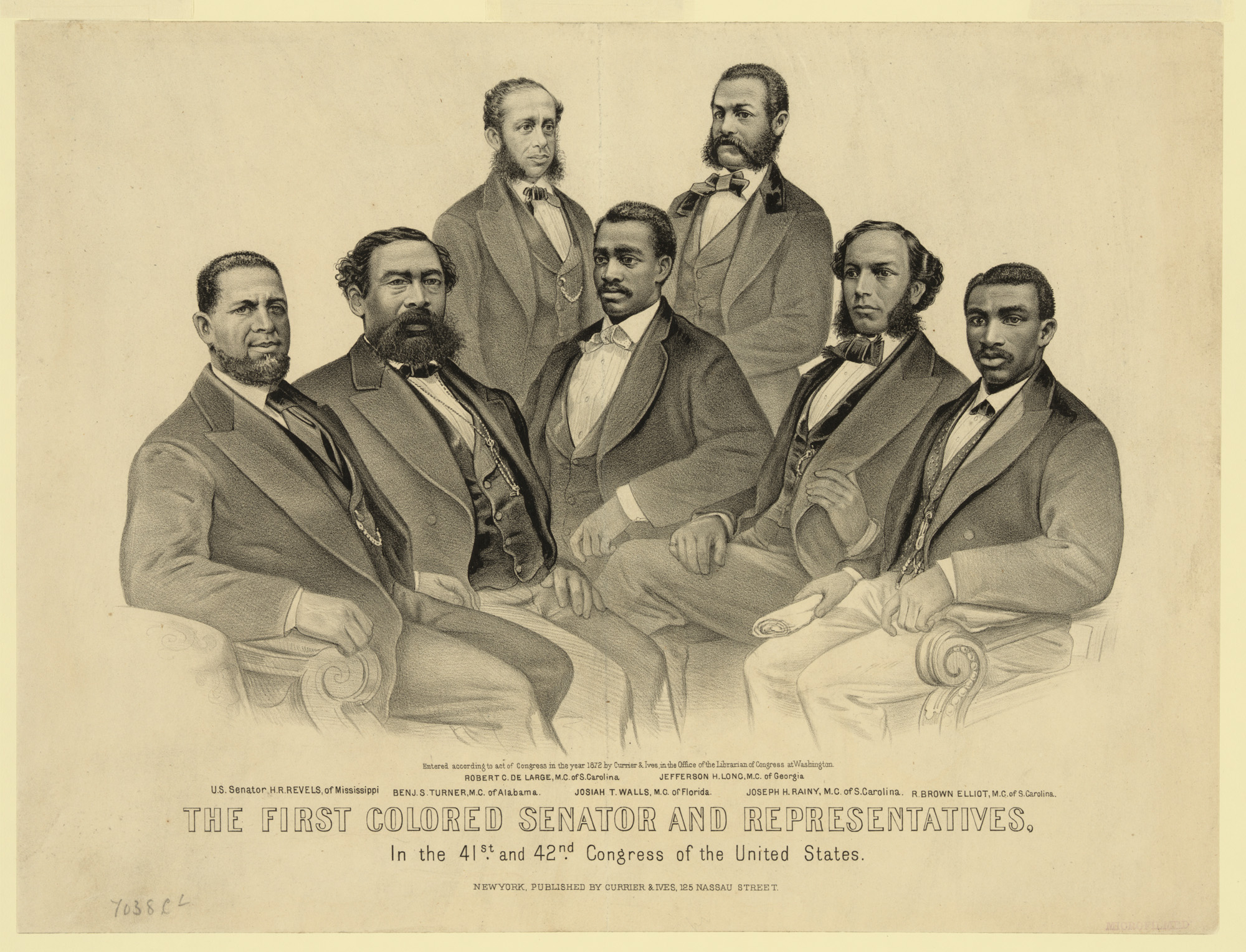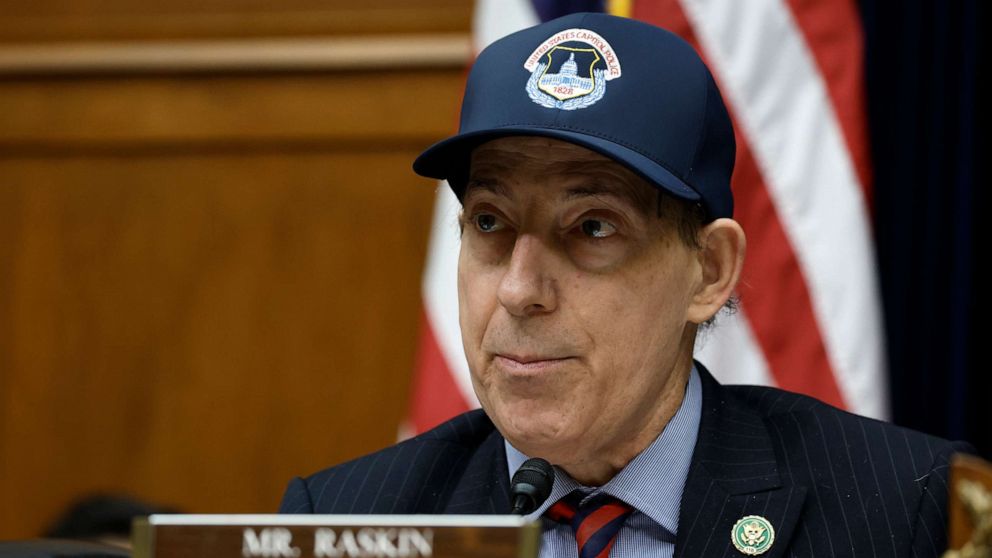Report on PSEA Initiatives and Their Contribution to the Sustainable Development Goals
Introduction: Integrating PSEA into the 2030 Agenda
The prevention of sexual exploitation and abuse (PSEA) is a critical component of humanitarian operations and is intrinsically linked to the achievement of the Sustainable Development Goals (SDGs). Efforts to protect vulnerable populations from abuse by aid workers directly support the core principles of dignity, equality, and justice embedded in the 2030 Agenda. This report examines the PSEA work of the Office for the Coordination of Humanitarian Affairs (OCHA) in Yemen, highlighting its alignment with key SDGs.
Case Analysis: OCHA Yemen’s PSEA Framework
Upholding SDG 16: Peace, Justice, and Strong Institutions
OCHA Yemen’s PSEA activities are foundational to building accountable and transparent institutions, a primary target of SDG 16. By establishing robust mechanisms for prevention and response, the office reinforces justice and combats exploitation.
- Institutional Accountability: The establishment of an inter-agency PSEA network, co-founded by OCHA’s focal point, demonstrates a commitment to partnership (SDG 17) and institutional integrity.
- Systemic Integration: OCHA Yemen developed the first comprehensive PSEA action plan in the Middle East and North Africa region, ensuring that prevention principles are embedded in all operational levels, from senior management to support staff.
- Access to Justice: Staff are mandated to report all suspicions, even rumors, through official channels such as the Office of Internal Oversight Services (OIOS). This ensures that allegations are investigated properly, upholding the rule of law and providing a pathway to justice for survivors.
Advancing SDG 5: Gender Equality
The work in Yemen places significant emphasis on protecting and empowering women and girls, who are often disproportionately affected by sexual exploitation and abuse. These efforts are a direct contribution to achieving gender equality and ending all forms of violence against women.
- Creating Safe Spaces: PSEA field activities include focused group discussions with women in secure environments, allowing them to voice concerns without fear.
- Empowerment Through Awareness: Direct engagement with female community members raises awareness of their rights and provides clear, confidential information on how to report abuse.
- Female Leadership: The nomination of the first female field staff member as the PSEA Focal Point in 2016 was an empowering step, enhancing the ability to connect with and build trust among women in the community.
Overcoming Barriers to Sustainable Development
Several challenges in the field directly impede progress on the SDGs. Addressing them is crucial for ensuring that humanitarian aid effectively contributes to sustainable development without causing harm.
- Cultural Barriers: The taboo surrounding discussions of sexual abuse hinders progress on SDG 5 (Gender Equality) and SDG 3 (Good Health and Well-being) by preventing survivors from seeking support.
- Fear of Stigma and Retaliation: Fear of reprisal prevents reporting, undermining efforts to ensure justice for all (SDG 16) and creating an environment of impunity.
- Threat to Aid Access: Survivors’ fear of losing access to essential aid directly contravenes the objectives of SDG 1 (No Poverty) and SDG 2 (Zero Hunger), as it compromises the delivery of life-saving assistance.
Strategic Recommendations for SDG-Aligned PSEA Implementation
A Collective Responsibility
The United Nations maintains a zero-tolerance policy for sexual exploitation and abuse. Upholding this standard is a collective duty essential for protecting human dignity and achieving the SDGs. All personnel have an obligation to:
- Integrate PSEA as a core function of all humanitarian work, not a secondary task.
- Complete mandatory training and adhere to the UN Code of Conduct.
- Actively disseminate information on PSEA rights and reporting mechanisms within communities.
- Report any and all suspicions of misconduct through official channels to ensure accountability and protect the integrity of aid operations, thereby safeguarding progress toward the Global Goals.
1. Which SDGs are addressed or connected to the issues highlighted in the article?
SDG 5: Gender Equality
The article directly addresses gender-based violence by focusing on the prevention of sexual exploitation and abuse (PSEA), a significant barrier to gender equality. The narrative highlights the specific vulnerabilities of women and the importance of creating safe spaces for them. The role of Saba Gawbah as the “first and only female staff member in the field at the time” also underscores the gender dimension of humanitarian work and leadership.
SDG 16: Peace, Justice and Strong Institutions
This goal is central to the article’s theme. The efforts described are about building effective, accountable, and transparent institutions (OCHA and other UN agencies) that can prevent and respond to abuse of power. The article emphasizes the UN’s “zero tolerance” policy, the importance of the UN Code of Conduct, and the establishment of formal reporting mechanisms (OIOS), all of which are cornerstones of creating just and strong institutions.
SDG 10: Reduced Inequalities
The article implicitly addresses this goal by focusing on protecting the most vulnerable populations, such as internally displaced persons (IDPs) and aid recipients. Sexual exploitation preys on the power imbalance between aid workers and the communities they serve. By working to prevent this abuse, the initiatives described aim to reduce the vulnerability of these groups and ensure they can access aid with dignity and safety, thereby reducing a critical inequality.
2. What specific targets under those SDGs can be identified based on the article’s content?
-
SDG 5: Gender Equality
- Target 5.2: Eliminate all forms of violence against all women and girls in the public and private spheres, including trafficking and sexual and other types of exploitation.
The entire article is dedicated to the prevention of sexual exploitation and abuse (PSEA), which is a direct form of violence and exploitation, often targeting women and girls. The work of the PSEA focal point is to “make protection from sexual exploitation and abuse central to humanitarian response work.”
- Target 5.2: Eliminate all forms of violence against all women and girls in the public and private spheres, including trafficking and sexual and other types of exploitation.
-
SDG 16: Peace, Justice and Strong Institutions
- Target 16.1: Significantly reduce all forms of violence and related death rates everywhere.
Sexual exploitation is a severe form of violence. The article’s focus on prevention, awareness, and reporting mechanisms is a direct effort to reduce this form of violence within humanitarian contexts. - Target 16.2: End abuse, exploitation, trafficking and all forms of violence against and torture of children.
Although the article focuses on the general population and women, the work in “internally displaced persons (IDP) camps” inherently involves protecting children, who are among the most vulnerable to exploitation and abuse. The principles of PSEA apply to all vulnerable persons, including children. - Target 16.6: Develop effective, accountable and transparent institutions at all levels.
The article highlights the creation of institutional frameworks to ensure accountability. This is evidenced by the development of a “comprehensive PSEA action plan,” the establishment of an “inter-agency PSEA network,” and the promotion of formal reporting channels like OIOS to ensure that “every concern is taken seriously and handled through proper channels.” - Target 16.7: Ensure responsive, inclusive, participatory and representative decision-making at all levels.
Saba Gawbah’s methodology of using “field visits to build trust—especially with women—through focused group discussions in safe spaces” is a clear example of an inclusive and participatory approach. This ensures that the voices of the affected community are heard and that prevention strategies are responsive to their specific needs and cultural contexts.
- Target 16.1: Significantly reduce all forms of violence and related death rates everywhere.
3. Are there any indicators mentioned or implied in the article that can be used to measure progress towards the identified targets?
-
Indicators for Institutional Accountability (Target 16.6)
- Existence of a PSEA action plan: The article explicitly mentions the development and implementation of a “PSEA action plan” as a key achievement for OCHA Yemen.
- Establishment of inter-agency networks: The co-founding of the “inter-agency PSEA network in Yemen” is a measurable indicator of coordinated institutional effort.
- Staff training and commitment: The call to action to “Complete your training, sign the pledge” implies that the number of staff trained and pledges signed is a key performance indicator for the organization’s commitment.
-
Indicators for Community Engagement and Awareness (Target 16.7)
- Number of awareness sessions conducted: The focal point states, “during field missions, I lead awareness sessions,” which is a quantifiable activity.
- Distribution of informational materials: The act of distributing “flyers and posters” is a measurable output aimed at increasing community awareness.
- Number of focus group discussions held: The use of “focused group discussions in safe spaces” is a specific, measurable activity to build trust and gather feedback.
-
Indicators for Reporting and Response (Targets 5.2, 16.1)
- Number of reports of suspected cases: The article encourages staff and communities to “report any suspected cases of sexual exploitation and abuse—even if it’s just a rumour.” An increase in reporting can indicate greater trust and awareness of reporting channels, which is a primary goal of the PSEA work described.
4. Table of SDGs, Targets, and Indicators
| SDGs | Targets | Indicators Identified in the Article |
|---|---|---|
| SDG 5: Gender Equality | 5.2: Eliminate all forms of violence against and exploitation of women and girls. |
|
| SDG 16: Peace, Justice and Strong Institutions |
16.1: Significantly reduce all forms of violence.
16.2: End abuse, exploitation, and all forms of violence against children. 16.6: Develop effective, accountable and transparent institutions. 16.7: Ensure responsive, inclusive, and participatory decision-making. |
|
| SDG 10: Reduced Inequalities | 10.2: Empower and promote the social, economic and political inclusion of all. |
|
Source: un.org







